Considerations for Installing Shade Structures
On the surface, it may seem ironic, or maybe a bit odd, to visit a local playground and see a shade structure looming overhead.
Maybe not so much in the southern states where summertime temps soar into the high 90s or even triple digits on a regular basis, but why on earth would the playground equipment in the local park be shaded if you live in Idaho or Minnesota or New York state or any number of other northern states?
Is shade really what folks want, especially considering kids probably have a serious case of cabin fever after enduring months of winter and are finally able to spend some serious time outside? Parents and kids usually want sun and lots of it.
That might be, but shade—natural or man-made—most likely is just what they need, especially after months of being cooped up inside. No one is suggesting no sun at all, but too much is harmful and that’s especially true for children who sometimes don’t feel those harmful UV rays until it’s too late.
Too late might result in skin cancer, where the statistics are kind of scary. Consider these facts and figures from the Skin Cancer Foundation:
- Skin cancer is the most common form of cancer in the United States. More than 3.5 million skin cancers in more than 2 million people are diagnosed annually.
- One in five Americans will develop skin cancer in the course of a lifetime.
- About 90 percent of nonmelanoma skin cancers are associated with exposure to ultraviolet (UV) radiation from the sun.
- About 23 percent of lifetime sun exposure occurs by age 18. Between the ages of 19-40, that percentage jumps to 46.5.
You get the idea. Sun can be harmful, but our bodies do need some sun, so to pretend we should avoid it altogether is misleading.
So what to do? That’s a good question, especially if your community has playgrounds in parks or other public areas. Is it your community’s responsibility to provide shade at every playground across your city and town? Depending on the size of your playground equipment, that could be an expensive proposition.
While providing shade structures for your playground equipment might not be required, it can make the equipment more user-friendly, even in northern climes where playground use is most likely heaviest in the summer months, when the sun is highest in the sky and can be especially brutal on skin.
As people become more aware of the dangers of too much sun, we’ve seen more efforts for protection, including at the local playground, where those shade structures are becoming increasingly popular. That observation was confirmed by Wade White, senior vice president of sales for USA Shade and Fabric Structures.
Explosive Growth
“The industry has seen explosive growth over the last couple of decades but due to the economy growth has slowed,” White said. “The main concentration for shade has been related to children so parks and playgrounds are the largest segment of the market.”
As White noted, the shade industry, as well as overall playground industry, has taken its lumps in the economic slump. He added, “The recent budget shortfalls at the city level nationwide have forced cutbacks in the parks and recreation departments and spending freezes. The same shortfall is now affecting school districts and they are being forced to make hard financial decisions and cutting in areas such as playgrounds, athletics and the arts.”
There are reasons for optimism, though, White said. “The market is tough right now but as the economy improves this business segment will improve as well. Many schools and cities are now partnering with private industry to raise the funds necessary to build playgrounds and shade structures.”
So, if and when the money becomes available for a shade structure, how do you determine if that is the direction your department or school should go? We asked White to share his thoughts on what parks departments and schools—or anyone else looking at shade structures—should consider.
Important Considerations
“Generally, shade is requested wherever the children are going to be which is typically over the play equipment,” he said. “The direction of the playground also plays a huge role in the amount of sun they will receive and always has to be considered when laying out a shade solution for the respective playground. Height of the structure also plays a role as the higher you get the less shade it actually provides and depending on the type of structure the direction of the sun also has to be considered. If a sail type design is chosen, knowing where true north is is critical in determining the respective high points and low points of the sail.”
While the height of the play equipment could be a consideration when installing a shade structure, don’t automatically assume that the play equipment in your park playgrounds is too high for a shade structure to be beneficial. “Height is not an issue that would preclude a shade structure, as we can build the units at any height,” White said. “There are, however, times when the playground design and the fall zones can make it difficult to install our product.”
Early on in the design phase of your playground project is the optimum time to determine if your community will also include a shade structure. That’s not just important from a design and construction standpoint, but also from a permitting standpoint. White pointed out, “The most common issue we deal with is people thinking that our product is an easy and quick addition to their park, school or playground. Shade structures require the same permit process as any construction project. Design and engineering need time to properly design the shade structure for the location and building code. Many cities have onerous plan review criteria and timelines, which can take weeks and have to be completed before fabrication can get started.”
He continued, “The ideal time (to plan installation) is during the planning stages of the playground so things like the footings can be installed ahead of time without interfering with the fall surfacing. A shade structure can be installed at any time but the installation is sometimes complicated by structures in the way, landscaping, etc. The shade structures really need to work in tandem with the playground equipment supplier to insure things like play equipment heights are being taken into consideration along with fall zones and fall surfacing.”
Factoring The Cost
And what about costs? “It is difficult to provide numbers, as it is rare for two projects ever to be exactly alike,” White said. “Price is related to the size of the structure, the type of structure that is selected, the installation conditions at the site, the type of materials selected for the structure, etc. I would say that a standard product installation, with standard installation conditions, would start at about $12 per foot.”
Once the shade structure installation is complete, the structure is virtually worry-free, White said. “For the most part the structure needs little to no maintenance,” he said. “We recommend keeping the structure clean, particularly in arid climates, by washing the fabric every other month. The structures can be washed with a hose or pressure washer.”
During your crew’s regular playground maintenance inspections, they should also look over the shade structure to make sure there are not issues there. “It is important that small problems with the fabric (rip, tears, etc.) and steel (chips, damage, etc.) are dealt with early, when repairs can be made quickly and inexpensively,” White said.
There is possibly one more detail with shade structures that northern parks departments might have to deal with that their southern counterparts don’t: winter issues such as snow loads. We asked White what he suggests. “We can build structures to handle any building code; however, the higher the snow load, the more expensive the structure,” he said. “This is a result of having to incorporate more steel per square foot of fabric. It is possible to build the unit and have the client remove the fabrics in the winter, though this option is not possible where the permit process is strict, as they require the structure to meet the current code.”
AAD Offers Shade Structure Grants
The American Academy of Dermatology’s Shade Structure Program awards grants in the amount of $8,000 each for the purchase of permanent shade structures designed to provide shade and ultraviolet (UV) ray protection for outdoor areas.
The AAD also provides a permanent sign to be displayed near the shade structure that promotes the importance of sun safety. The AAD receives support for this program from Johnson & Johnson Consumer Products Co.
To complete the Shade Structure Program application, visit www.aad.org/forms/SunSafetyDatabase/default.aspx.
To be considered for future grants, applicants must:
- Be a nonprofit organization or public school that primarily serves children and teens who are 18 and younger.
- Demonstrate an ongoing commitment to sun safety and skin cancer awareness by having a sun safety/skin cancer awareness program in place for at least one year prior to application. Visit www.aad.org/forms/SunSafetyDatabase/default.aspx to learn how to implement a plan for your organization.
- Be sponsored by an AAD member dermatologist. Locate an AAD member dermatologist by using the Find A Dermatologist tool on www.aad.org.
For more information on the program, visit: www.aad.org/public/sun/grants.html.

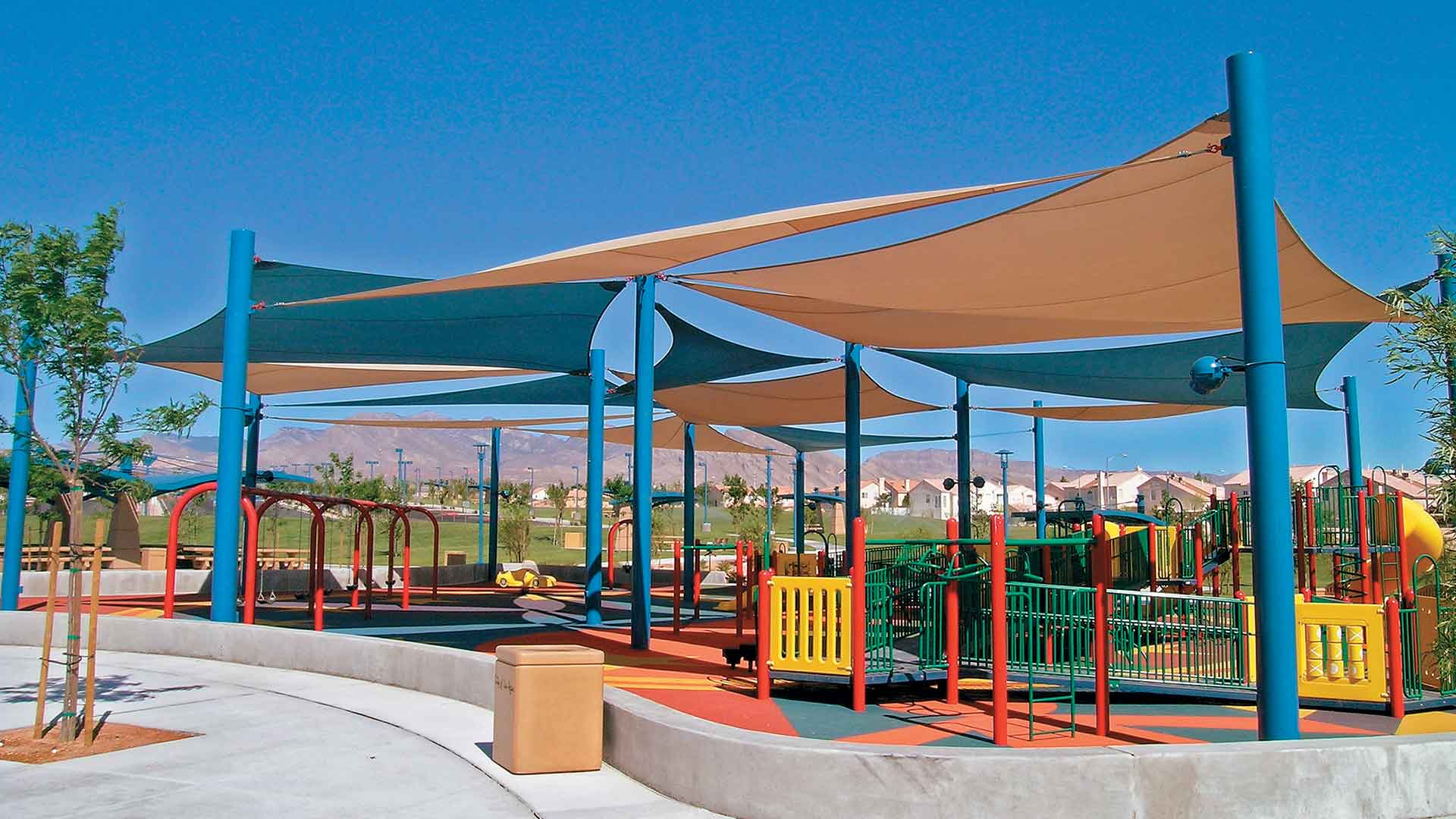

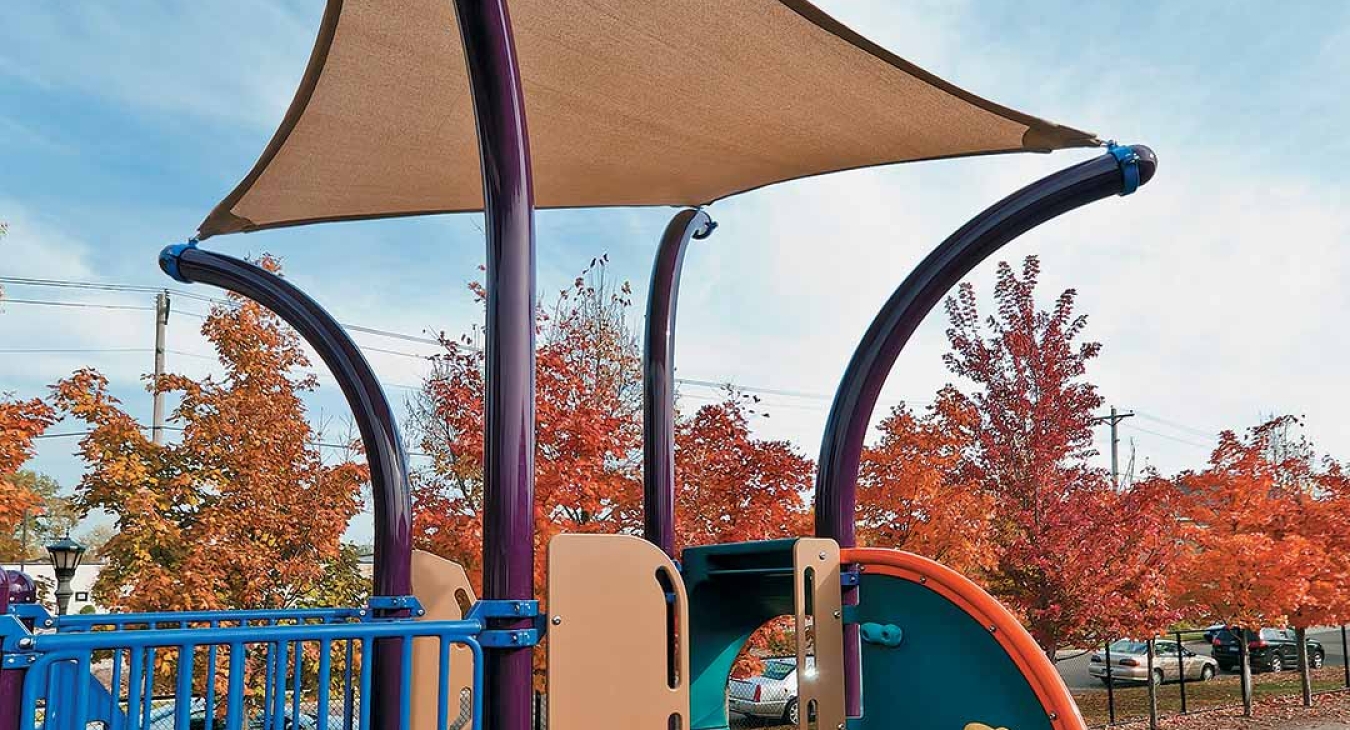
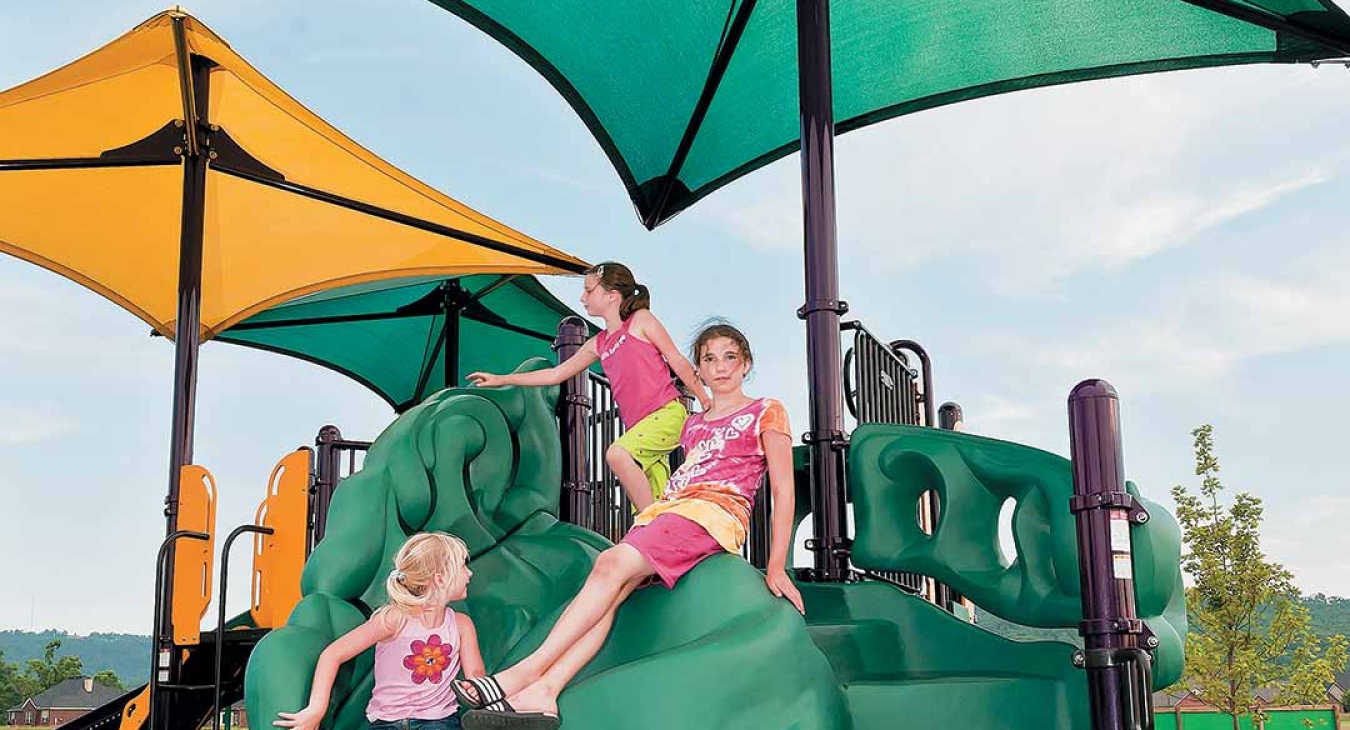
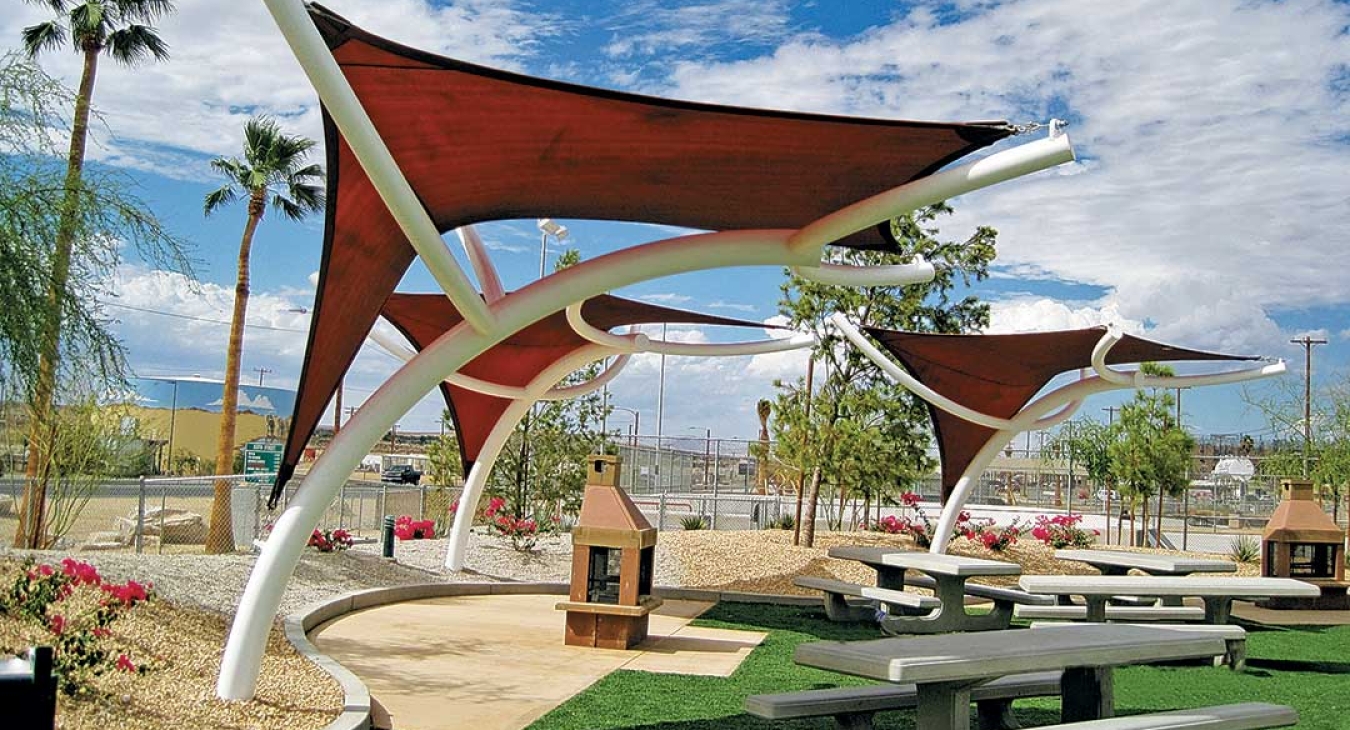
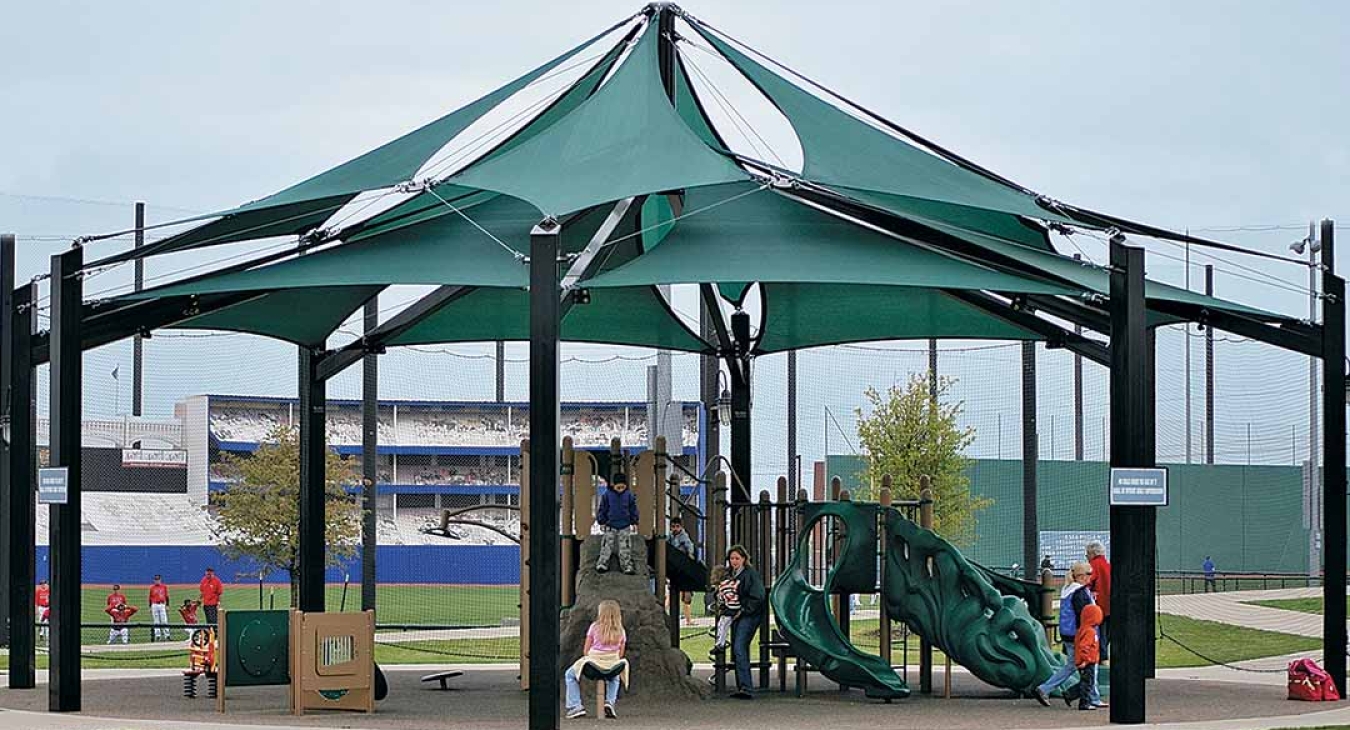





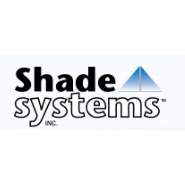
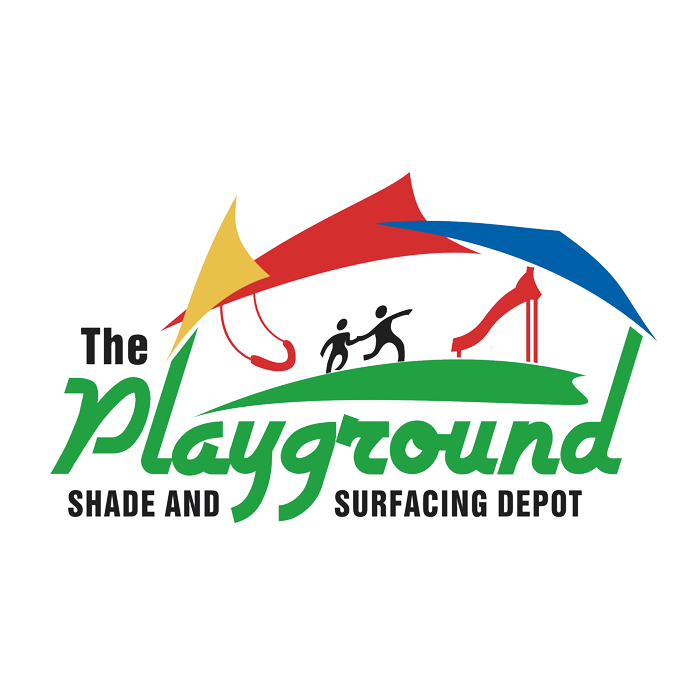
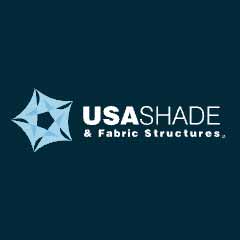
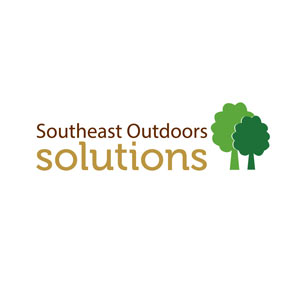

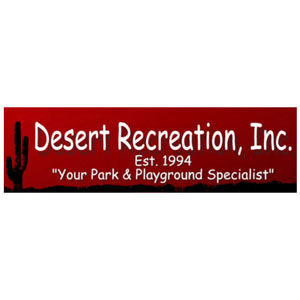
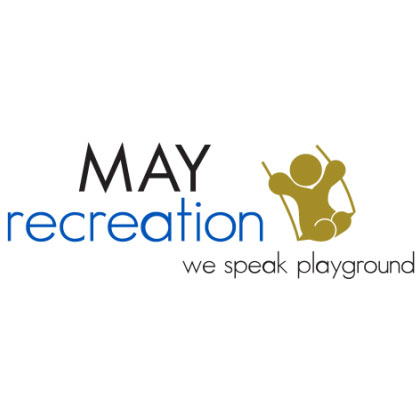
Add new comment